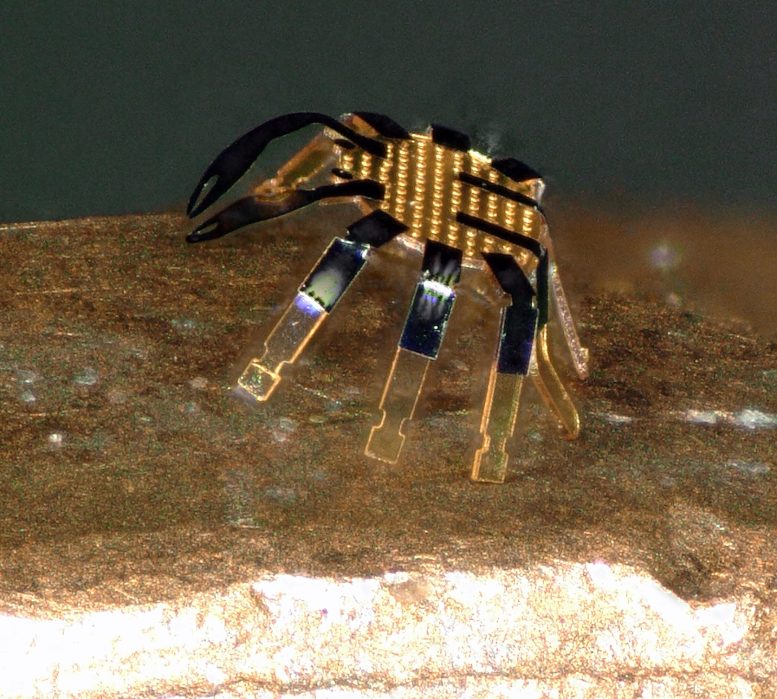
A magnified view of the tiny crab robot, standing on the edge of a coin. Credit: Northwestern University
The small robotic crab can walk, bend, twist, turn and jump
The smallest-ever remote-controlled walking robot has been created by Northwestern University engineers, and it takes the shape of a tiny, cute peekytoe crab.
The tiny crabs, which are about half a millimeter wide, can bend, twist, crawl, walk, turn, and even leap. Additionally, the scientists created millimeter-sized robots that resemble inchworms, crickets, and beetles. The study is experimental at this time, but the researchers think their technique might move the field closer to developing tiny robots that can carry out useful tasks in small, cramped areas.
The study was recently published in the journal Science Robotics. The same team also unveiled a winged microprocessor in September of last year; it was the tiniest flying object ever created by humans (published on the cover of Nature).
“Robotics is an exciting field of research, and the development of microscale robots is a fun topic for academic exploration,” said John A. Rogers, who led the experimental work. “You might imagine micro-robots as agents to repair or assemble small structures or machines in industry or as surgical assistants to clear clogged arteries, to stop internal bleeding or to eliminate cancerous tumors — all in minimally invasive procedures.”
“Our technology enables a variety of controlled motion modalities and can walk with an average speed of half its body length per second,” added Yonggang Huang, who led the theoretical work. “This is very challenging to achieve at such small scales for terrestrial robots.”
Rogers, a pioneer in the field of bioelectronics, is the director of the Querrey Simpson Institute for Bioelectronics (QSIB) and the Louis Simpson and Kimberly Querrey Professor of Materials Science and Engineering, Biomedical Engineering, and Neurological Surgery at Northwestern University. Huang serves as a key member of QSIB and is the Jan and Marcia Achenbach Professor of Mechanical Engineering and Civil and Environmental Engineering at McCormick.
The crab, which is smaller than a flea, is not propelled by sophisticated machinery, hydraulics, or electricity. Instead, the elastic resilience of its body is where its power rests. The researchers employed a shape-memory alloy material to build the robot, which transforms to its “remembered” shape when heated. In this case, the scientists heated the robot quickly at several targeted spots all over its body using a scanned laser beam. Upon cooling, a thin layer of glass will elastically restore the distorted shape of the corresponding component of the structure.
As the robot changes from one phase to another — deformed to remembered shape and back again — it creates locomotion. Not only does the laser remotely control the robot to activate it, the laser scanning direction also determines the robot’s walking direction. Scanning from left to right, for example, causes the robot to move from right to left.
“Because these structures are so tiny, the rate of cooling is very fast,” Rogers explained. “In fact, reducing the sizes of these robots allows them to run faster.”
To manufacture such a tiny critter, Rogers and Huang turned to a technique they introduced eight years ago — a pop-up assembly method inspired by a child’s pop-up book.
First, the team fabricated precursors to the walking crab structures in flat, planar geometries. Then, they bonded these precursors onto a slightly stretched rubber substrate. When the stretched substrate is relaxed, a controlled buckling process occurs that causes the crab to “pop up” into precisely defined three-dimensional forms.
With this manufacturing method, the Northwestern team could develop robots of various shapes and sizes. So why a peekytoe crab? We can thank Rogers’ and Huang’s students for that.
“With these assembly techniques and materials concepts, we can build walking robots with almost any size or 3D shapes,” Rogers said. “But the students felt inspired and amused by the sideways crawling motions of tiny crabs. It was a creative whim.”
Reference: “Submillimeter-scale multimaterial terrestrial robots” by Mengdi Han, Xiaogang Guo, Xuexian Chen, Cunman Liang, Hangbo Zhao, Qihui Zhang, Wubin Bai, Fan Zhang, Heming Wei, Changsheng Wu, Qinghong Cui, Shenglian Yao, Bohan Sun, Yiyuan Yang, Quansan Yang, Yuhang Ma, Zhaoguo Xue, Jean Won Kwak, Tianqi Jin, Qing Tu, Enming Song, Ziao Tian, Yongfeng Mei, Daining Fang, Haixia Zhang, Yonggang Huang, Yihui Zhang and John A. Rogers, 25 May 2022, Science Robotics.
DOI: 10.1126/scirobotics.abn0602

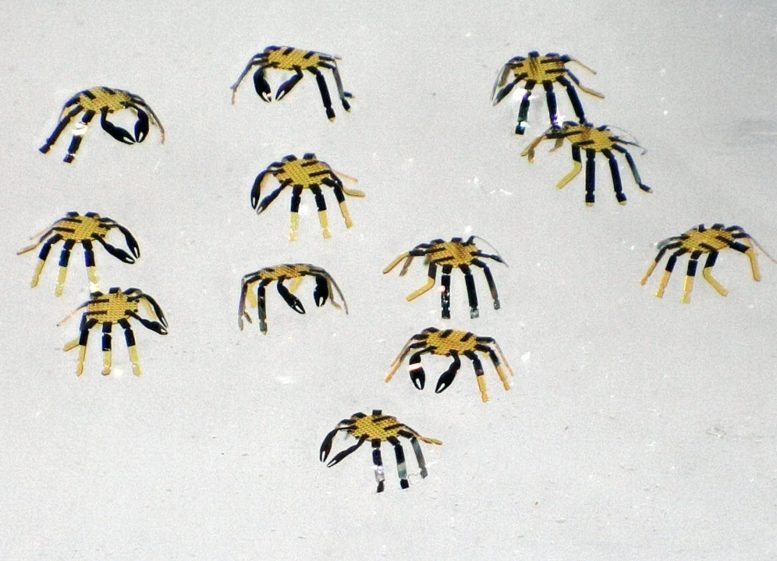

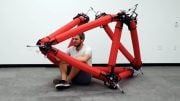
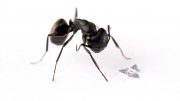


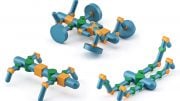


Be the first to comment on "Smaller Than a Flea – The Smallest Remote-Controlled Walking Robot Ever"